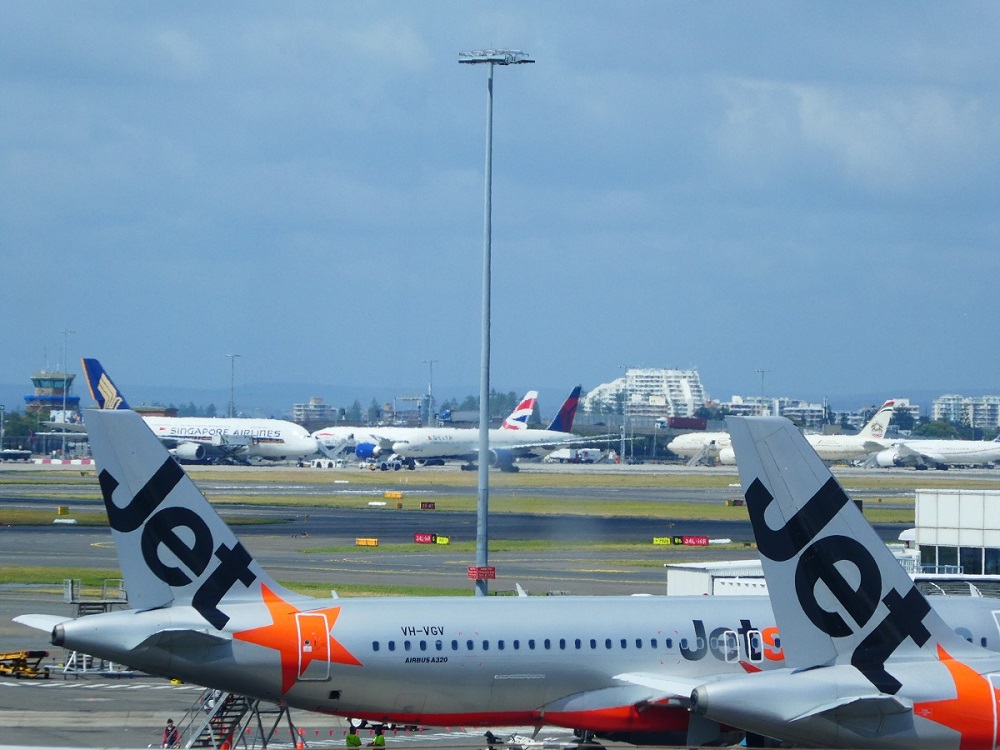Low-cost carriers for the first time carried more than a billion passengers in 2016, with new figures showing they accounted for 28 per cent of the 3.7 billion passengers who boarded scheduled services worldwide.
Budget airlines helped fuel a global passenger growth of 6 per cent — slightly slower than the previous year’s 7.1 per cent — and in some markets are now carrying almost a third of all passengers.
Figures released by the United Nations-backed International Civil Aviation Organisation show that LCC’s now account for 32 per cent of all passengers carried in Europe, 31 per cent in the Asia-Pacific and 25 per cent in North America.
The figures underscore the rising importance of budget carriers over the past decade and their impact on the industry as a whole.
“The increasing presence of low-cost carriers notably in emerging economies (has) contributed to the overall growth of passenger traffic,’’ ICAO said.
The number of global scheduled airline departures rose to 35 million in 2016 as more than half the world’s international tourists travelled across borders by air and the industry accounted for 35 per cent of world trade.
Sluggish growth in advanced economies, low commodity prices, weak global trade and diminishing capital growth contributed to a lower than expected global gross domestic product (GDP) of 2.4 per cent.
GDP and aviation growth are closely linked but despite the weak economic conditions, ICAO said global passenger traffic continued to grow “helped by the lower air fares owing to the fall in oil prices’’.
International scheduled passenger traffic expressed in the standard airline format of revenue passenger kilometres (RPKs) rose 6.3 per cent down from growth of 7 per cent the previous year.
The report said that all regions, except for Africa and the Middle East, posted slower growth than 2015.
Europe accounted for the biggest share of RPKs with 36 per cent and posted an increase of 4.3 per cent. The Middle East posted the strongest growth in RPKs of 11.2 per cent, followed by the Asia-Pacific (8 per cent), Latin America and the Caribbean (6.5 per cent), Africa (5.7 per cent) and North America (3.5 per cent).
Domestic scheduled services grew by 6.2 percent in 2016, down from 7.3 per cent the previous year. North America, the world’s biggest domestic market accounting for 43 per cent of all RPKs in this category, grew by 4.9 per cent.
“Owing to the strong demand in India and China, the Asia-Pacific region grew strongly by 10 per cent in 2016 and accounted for 40 per cent of world domestic scheduled traffic,’’ ICAO said.
Total capacity in available seat kilometres (ASKs) increased globally by around 6.4 per cent and outpaced the increase in passenger traffic. As a result, the overall load factor dropped slightly from 80.4 per cent in 2015 to 80.3 per cent this year. The load factor varied by region and ranged from 68 per cent for Africa to 83.3 per cent for North America.
Strong capacity expansion in the Middle east continued to put the region’s load factor under pressure and it was expected to fall to 74.7 per cent in 2016 from 76.3 per cent the previous year.
World air freight grew at a slightly quicker rate of 2.6 per cent in 2016 but “remained challenging’’ while low fuel prices helped maintain airline profitability.
The industry was expected to end 2016 with a record operating profit of $US60 billion, up $US2 billion on 2015, with a third of all profits coming from North American carriers buoyed by their domestic markets.
“Improving economic conditions forecast by the World Bank will see traffic growth and air carrier profitability momentum continuing in 2017,’’ the report said.
























